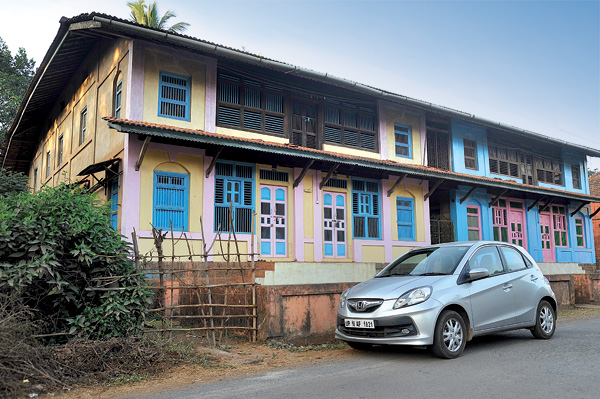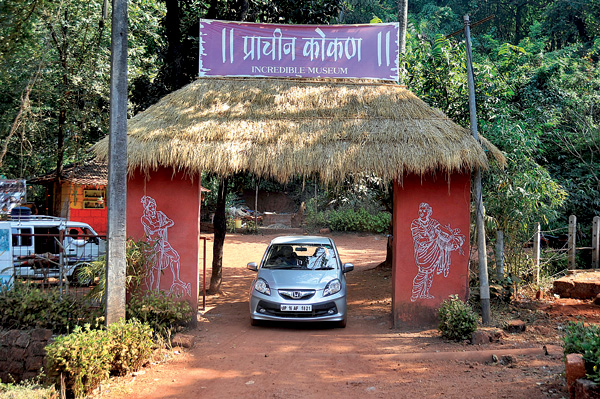Around 360km south of the hustle and bustle of Mumbai city lies the calm and quaint little town of Ganpatipule. Despite being a popular tourist destination, it is home to one of the few beaches in the country that remain clean, serene and unpolluted. The winding coastal roads of Ganpatipule are an experience in themselves. Further inland, there are tapered mud-roads lined with coconut trees, the earth is red and the brick-roofed houses add an antiquated touch to the picturesque panorama.
Getting to Ganpatipule involves using the fantastic NH-17 (now NH-66) for the most part. This road is famed for its scenic beauty. It winds through mountains and forests, and hugs the Arabian Sea at Maravanthe in Karnataka, offering a wide gamut of driving conditions – motoring enthusiasts swear by it. Although the road makes for a memorable driving experience, most of it is a dual carriageway with a number of blind spots. Accidents happen frequently and sightings of roadkill are a constant reminder of this. Fuel pumps and restaurants are easy to come by but most do not accept credit cards or plastic currency of any kind. Account for this when you visit.

You can stop by the town of Sangameshwar on your way to Ganpatipule. Sangameshwar (sangama means confluence) is situated at the confluence of the rivers Sonavi and Shastri. This is a historical place where Sambhajiraje, son of Chhtrapati Shivaji, was captured by Mughal emperor Aurangzeb. There is a small memorial located here. The road leading into the village is quite narrow and it’s best to take a walk. This would give you a better opportunity to photograph the array of brightly coloured quaint houses that line the road on either side.



